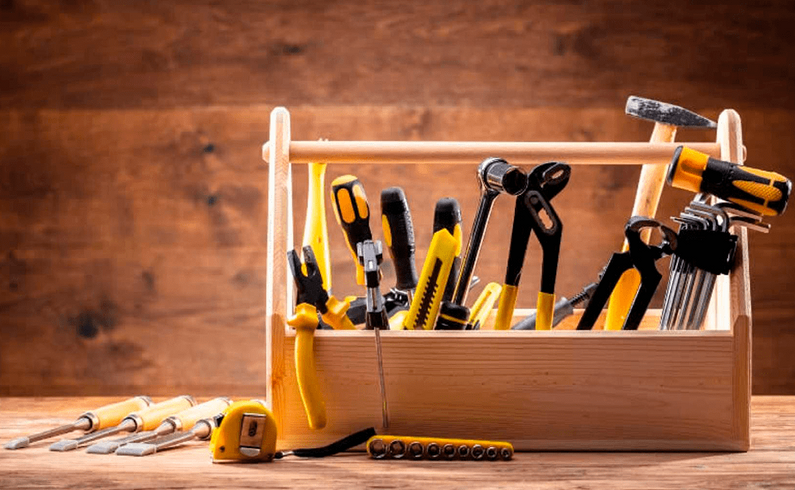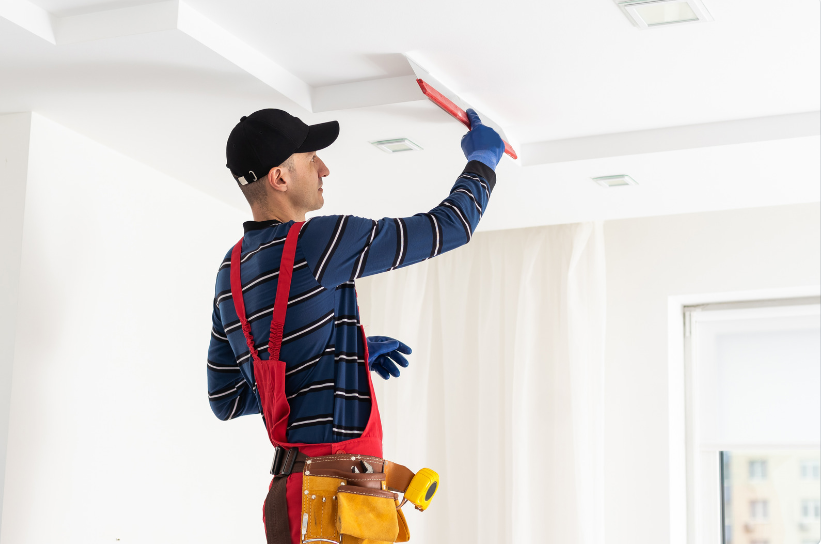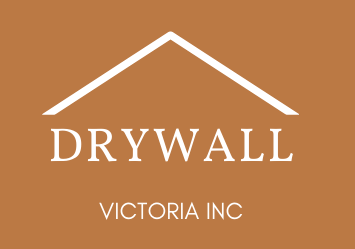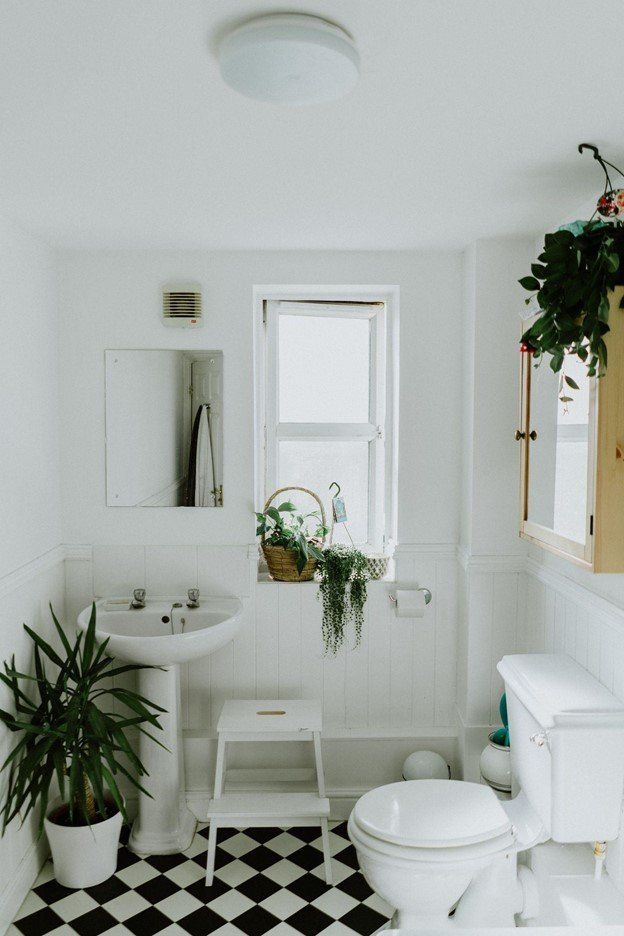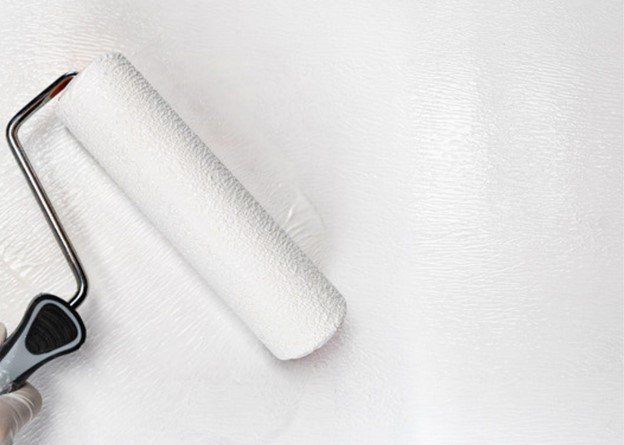What Type of Drywall Should Be Used in a Bathroom?
What Type of Drywall Should be Used in a Bathroom?
Drywall is one of the most common materials installed in buildings today. Not all drywall is the same, however. For certain areas of a home or other building, special types of drywall should be used. This is especially true for high moisture areas like bathrooms.
Bathroom walls and ceilings do not frequently come into direct contact with water, but they are still exposed to high levels of moisture on a regular basis. Regular drywall is not recommended in bathrooms as it can easily absorb this moisture and mold or even disintegrate. Instead, bathroom walls should be constructed from drywall that is resistant to mold, mildew, and moisture.
The best product to use for bathroom walls is MMR drywall, also known as green board. Green board is infused with additives on both the inside and outside to make it moisture resistant, and its outer paper is coated with wax to help repel moisture. Blueboard is a great choice for areas of bathroom walls that will be covered in tile or other wall treatments because, in addition to being moisture resistant, it bonds well with adhesives. Mold resistant
drywall mud and tape should be used on the seams of either of these products.
Green board is not waterproof, however, and it cannot withstand heavy and prolonged exposure to moisture. For showers, backsplashes, or other areas that will come into direct contact with water on a regular basis, cement board should be used. Since cement board does not contain paper or any other organic materials, it will not mold and is considered waterproof. Cement board is also more expensive, heavier, and more difficult to install than other types of drywall, so it is often only used in areas where direct contact with water is likely.
Regardless of which drywall you use, it is always a good idea to use a waterproofing primer in your bathroom. These oil or latex based primers provide additional protection against mold and mildew, discouraging problems from ever reaching the drywall in the first place. Steps should also be taken to keep the moisture level in the bathroom to a minimum - installing and running a fan in the bathroom or simply cracking a window while you shower will help keep moisture levels under control, helping to prevent damage to your drywall (and everything else in the bathroom).
You spend a significant amount of time in your bathroom, and it is subject to more variances in climate than most other rooms in your home. Therefore, bathroom walls and ceilings deserve special treatment. Moisture resistant drywall may cost a little more than standard drywall, but the expense is well worth it to keep your walls mold-free and structurally sound. With the proper materials and a little bit of preventative maintenance, you can enjoy a relaxing bath knowing that there is nothing growing in or slowly rotting out your walls!
Still have questions?
Our professionals are here to help with all your drywall needs!
You might also like

